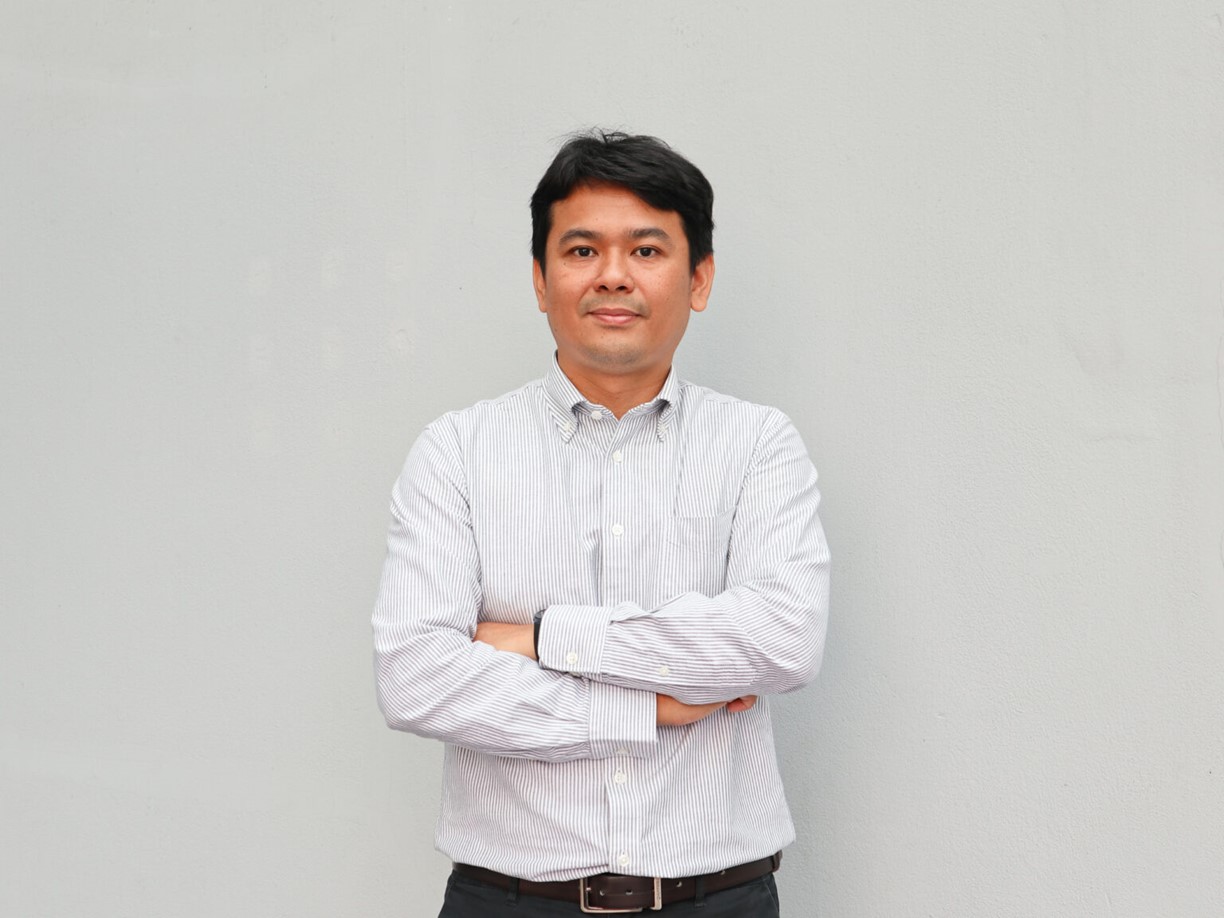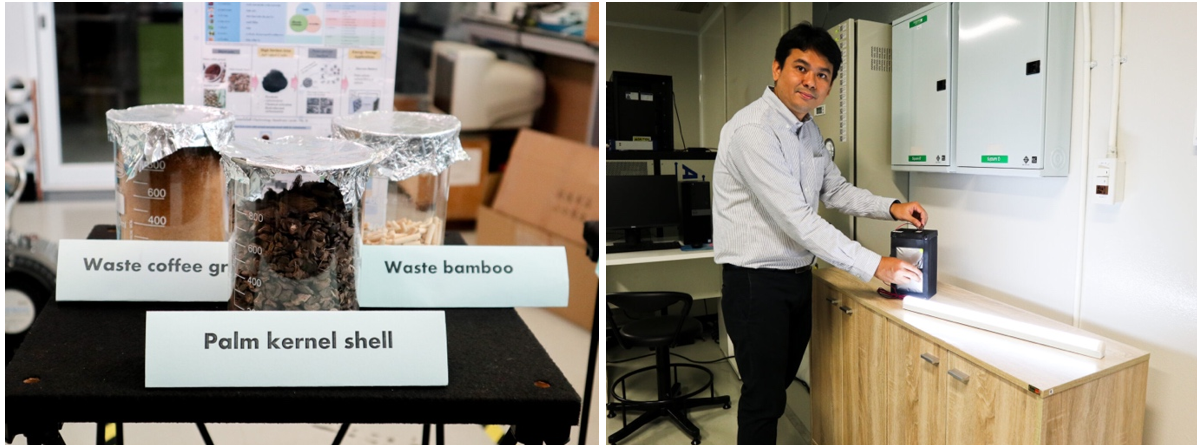Every month, up to 5 tons of primary batteries, mainly zinc-carbon and alkaline batteries, are discarded in Bangkok. Handling spent zinc carbon and alkaline batteries presents significant challenge as the current recycling process only addresses the packaging component which contains aluminum and stainless steel, leaving valuable elements like zinc and manganese untapped.

NSTDA, in collaboration with Chulalongkorn University and the Defence Science and Technology Department, initiated a project aimed at recovering zinc and manganese from spent batteries for the production of rechargeable zinc-ion batteries. In addition, the research team developed the process to convert biomass waste into activated carbon used for enhancing the performance of zinc-ion batteries.

Dr. Chakrit Sriprachuabwong, an ENTEC researcher from the Energy Storage Technology Research Team, explained that spent alkaline and zinc-carbon batteries contain valuable elements, notably, zinc and manganese, which can be recovered to keep a circular economy. This research project was initiated by NSTDA, led by Dr. Adisorn Tuantranont (currently NSTDA Vice President) and Dr. Siwaruk Siwamogsatham (former Director of National Security and Dual-Use Technology Center) and Chulalongkorn University spearheaded by Assoc. Prof Dr. Rojana Pornprasertsuk, with funding provided by the Program Management Unit for Competitiveness (PMUC). The team developed a process to recover zinc and manganese from spent non-rechargeable batteries. The hydrometallurgy process was employed to extract metals, followed by electrochemical precipitation to separate the two metals from other compounds. The developed process achieved over 50% recovery, reaching up to 70% in the case of alkaline batteries.
As for the conversion of waste biomass into activated carbon, Dr. Chakrit explained that biomass waste such as palm kernel shells, bamboo waste and coffee ground was subject to thermal treatment in vacuum conditions to minimize carbon dioxide emissions.

After obtaining the three main components through the developed processes, the research team designed a zinc-ion battery production. Recovered zinc serves as the cathode, while recycled manganese transforms into manganese dioxide mixed with biomass-derived activated carbon to enhance performance. This zinc-ion battery has a voltage of 1.2 V, a capacity of 180-200 mAh/g, and a lifespan of over 1,000 charging cycles. The team is currently scaling the production process for industrial applications.
While lithium-ion batteries are the most popular energy storage device, their susceptibility to high temperatures poses potential safety risks, limiting their applications. Unlike lithium-ion batteries, zinc-ion batteries are resistant to both heat and humidity. However, due to the nature of the materials, zinc-ion batteries are relatively heavy, making them suitable for stationary devices that require durability and safety. Examples of applications include home energy storage systems and grid energy storage systems. Moreover, they are deployed in missions demanding high safety standards, such as military and oil rigs.
This research project is part of an initiative to drive the Bio-Circular-Green Economy (BCG) model, emphasizing material circularity and green manufacturing.

